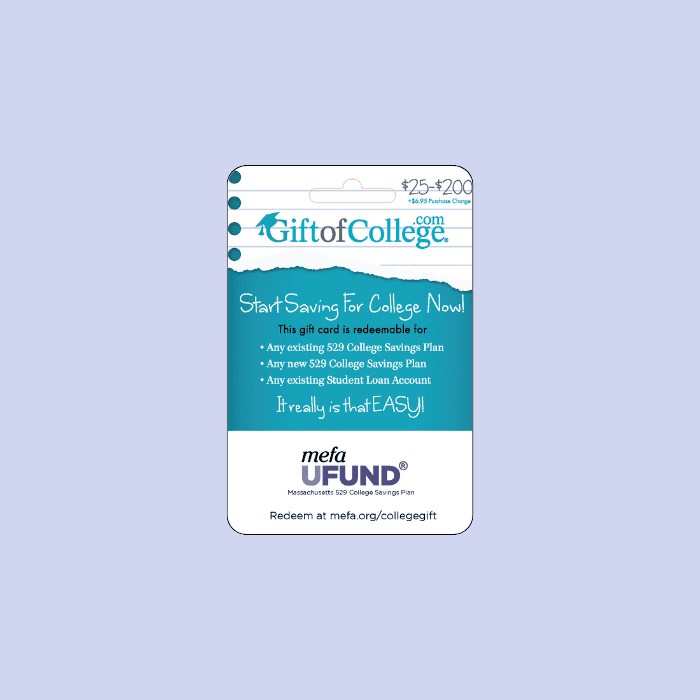This lesson provides valuable guidance on supporting first-generation students through the college application process and their college years. Topics include defining first-generation students, the variances that exists in the population, the issues students face before and after college acceptance, and hurdles they may encounter along the way.
After completing this lesson, participants will be able to:
- Recognize the unique hurdles these students face
- Know the tools available to help them succeed
- Earn 1 PDP for this lesson by clicking the button below:
Lesson Deliverables
To complete this lesson, participants will:









